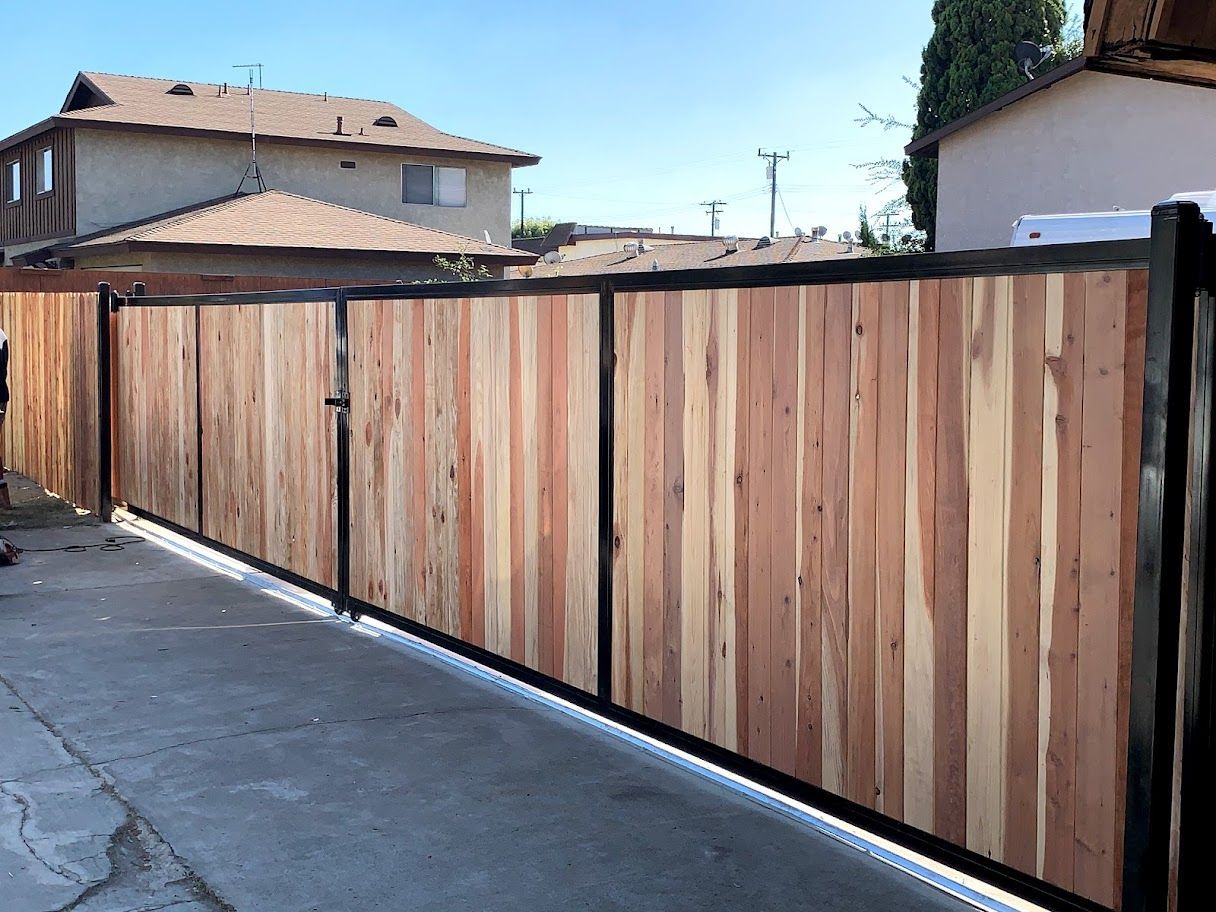All Categories
Featured

When taking into consideration mounting a fence on your residential property, one of the most important actions is to understand whether you need a license. Fencing setups often call for a license to make sure that the framework adheres to local zoning legislations, building codes, and safety and security standards. The details authorizations called for can vary depending upon your location, the kind of fence you plan to set up, and the height or placement of the fencing. Right here's a guide to help you navigate the procedure of getting a fencing authorization and make certain that your setup is hassle-free and lawful.
Why You Need a Permit for a Fence Installment. A fence permit is necessary to guarantee that the installation satisfies regional regulations. The license procedure assists local authorities verify that your fencing does not conflict with web traffic visibility, respect your building lines, or violate elevation constraints. It likewise makes sure the safety and security of the structure, so it doesn't posture a danger to you, your neighbors, or the public. Setting up a fencing without a license can result in penalties, elimination of the fence, or delays in building, so it's vital to examine whether a permit is required before starting your project.
Sorts Of Permits You Might Need. There are a few typical types of permits you might require for a fence installment:
Structure Authorization. A structure permit is the most typical authorization required for fencing installations. This authorization makes certain that the fencing meets safety criteria and is built according to local building codes. A building license is normally needed if the fence goes beyond a certain elevation (often 6 feet), is constructed from specific products, or is located near a public pathway or roadway.
Zoning Authorization. A zoning authorization may be needed to validate that your fencing adheres to regional zoning laws. Zoning regulations can dictate where a fencing can be put on your building, just how high it can be, and whether it is allowed certain locations (such as along building lines or ahead yards) Some municipalities have guidelines limiting the height of fences in the front yard to make certain exposure for chauffeurs and pedestrians.

Trouble Authorization. You might require a setback license if you are building a fence near your residential property line or close to a street. A setback describes the range a structure, including fences, should be from the building line. Setback laws vary by area, and guaranteeing that your fence is put properly can protect against conflicts with neighbors and stay clear of offenses.
Home Owner Association (HOA) Approval. If you stay in a neighborhood controlled by a Homeowner's Organization (HOA), you may need approval from them along with local authorizations. HOA guidelines frequently cover the sort of materials, height, style, and color of fences. Also if your local federal government doesn't require a permit, your HOA may still have particular standards that require to be followed.
Exactly How to Request a Fence Permit. To get a fence authorization, you'll need to call your regional building division or planning office. The application process generally includes submitting a type, paying a charge, and submitting a site plan of your building that shows the recommended location of the fencing. You might additionally require to include details about the products, height, and style of the fencing.
In many cases, a regional authorities may need to evaluate your building before authorizing the authorization. As soon as the permit is approved, you will be authorized to proceed with your fencing installment.
When Is a Permit Not Required? In specific scenarios, a permit may not be required. These circumstances can consist of:
Low Elevation Fences: In numerous locations, fencings that are below a certain elevation (often 3 to 4 feet) might not need an authorization, particularly if they are put in the backyard or other non-visible areas.
Fencing Substitute: If you're changing an existing fence with the exact same height and material, some areas may not require a brand-new permit.
Non-Obtrusive Fencings: Temporary or attractive fences, such as those utilized for gardening or landscaping objectives, might not require licenses as long as they are not irreversible and reduced.
However, it is essential to talk to your local zoning office or structure division, as laws can differ by territory.
Repercussions of Not Acquiring an Authorization. Falling short to acquire the needed authorizations can bring about considerable repercussions. These consist of penalties, compelled elimination of the fencing, or perhaps delays in building. In addition, if your fence does not meet neighborhood policies, you can face legal concerns with next-door neighbors or regional authorities.

Conclusion. By making sure that you comply with local laws and obtain the necessary authorizations, you can stay clear of costly errors and ensure that your fence is legitimately certified. Examine with your local structure department, HOA, and zoning office to determine what permits are needed for your particular fence project.
Latest Posts
Quick and Hassle-Free Shower Room Upgrades
Published Apr 20, 25
1 min read
Expert Auto Services at Montclare Auto Repair - Explore Now
Published Apr 19, 25
2 min read
Safeguard Your Future with WyHy's Unique Certificate Options
Published Apr 19, 25
1 min read